
Travel Guide
Introduction
Ginza is recognized as one of the most luxurious shopping, dining and entertainment districts in the world.
The first gas lamps and brick buildings in Japan were made in Ginza after the Meiji Restoration. Ginza was the symbol of civilization and westernization. People in modern fashion gathered Ginza and high-class atmosphere was cultured. Even today, Ginza is the town where grownups enjoy rich mood and time.
One square meter of land in the district's center is worth over ten million yen, making it one of the most expensive real estate in Japan. It is where you can find the infamous $10 cups of coffee and where virtually every leading brand name in fashion and cosmetics has a presence.
The symbol of Ginza is the clock tower of Wako, which is a luxury store that treats watches, jewels, bags, and other items. Wako is located on the corner of Ginza 4-chome, where Ginza Chuo-dori (the main street of Ginza) and Harumi-dori cross. Ginza spreads about 1 square kilometers around the crossroads. Famous department stores such as Matsuya, Mitsukoshi, and Matsuzakaya line Ginza Chuo-dori.
The area was also known for its window displays, an example of modern marketing techniques. Everyone visited and so the custom of "killing time in Ginza" developed strongly between the two world wars.
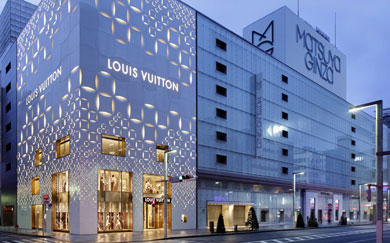
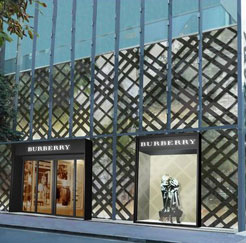
History
The land of Ginza was under the sea. During the Edo Period (17th – 19th), the land was proclaimed and a silver mint was built there. It is the origin of the name Ginza, which means “silver mint”.
There was a fire in 1872. It burnt down most of the area. After the fires, the Meiji government designated the Ginza area as a "model of modernization." The government planned the construction of fireproof brick buildings, and larger, better streets connecting the Shimbashi Station and the foreign concession in Tsukiji, as well as to important government buildings. Designs for the area were provided by the Irish-born architect Thomas Waters; the Bureau of Construction of the Ministry of Finance was in charge of construction. In the following year, a Western-style shopping promenade on the street from the Shinbashi bridge to the Kyobashi bridge in the southwestern part of Chuo with two- and three-story Georgian brick buildings was completed.
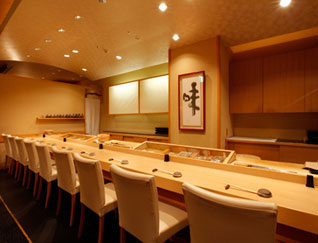
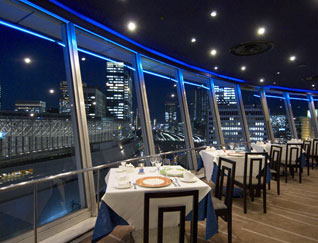
Ginza evolved as an upmarket shopping district following the 1923 Great Kanto Earthquake. After the Great Earthquake in 1923, Ginza was completely rebuilt with bricks in order to avoid another fire and to show off to Westerners Japan’s advancement. Ginza sought for anything Western and modern. With a closer look, you might notice that architectures in Ginza adopt styles of different era and modes without much consistency as a consequence. The new Ginza attracted successful merchants who served upper-class customers, and craftsmen who originally lived in the area had to move out due to sky-rocketing land price. The town for craftsmen was transformed into the showcase of modern Japan.
Today, most of these European-style buildings disappeared, but some older buildings still remain, most famously the Wako building with the now-iconic Hattori Clock Tower. The building and clock tower were originally built by Kintaro Hattori, the founder of Seiko.
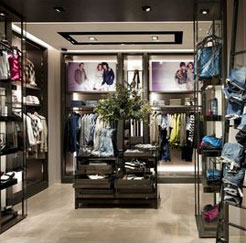
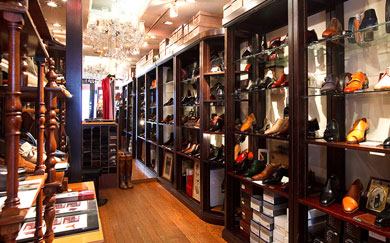
Travel Advice
Pedestrianization
Each Saturday from 4:00 pm until 7:00 pm, Sunday from 12:00 noon until 5:00 pm (until 6:00 pm from April to September), the main street through Ginza is closed off to road traffic, allowing people to walk freely. This is called Hokosha Tengoku or Hokoten for short, literally meaning "pedestrian heaven".
Visit
| Address | From 1-chome to 8-chome Ginza, Chuo-ku, Tokyo | |
| Phone | ||
| Admission | Free | |
| Hours | Free | |
| Closed | Open 7 Days a Week | |
| Duration | 1 hour | |
| Getting There | By Train 10 minutes walk from Yurakucho Station on JR Yamanote Line. 1 minute walk from Ginza-itchome Station on subway Yurakucho Line. 1 minute walk from Ginza Station on subway Hibiya Line, subway Ginza Line or subway Marunouchi Line. 1 minute walk from Higashi-ginza Station on subway Asakusa Line or Hibiya Line. |
|
| Parking | No parking available | |

